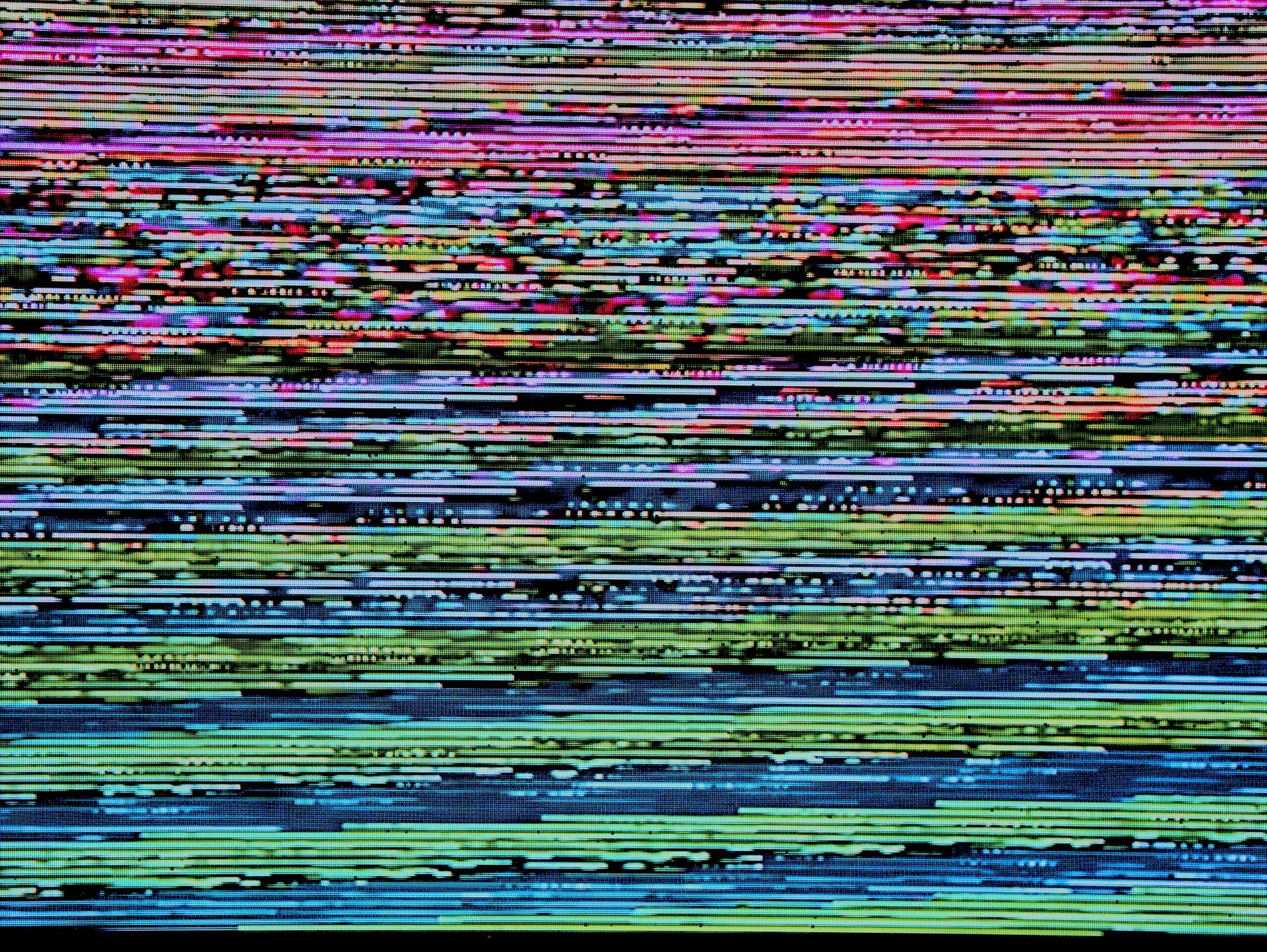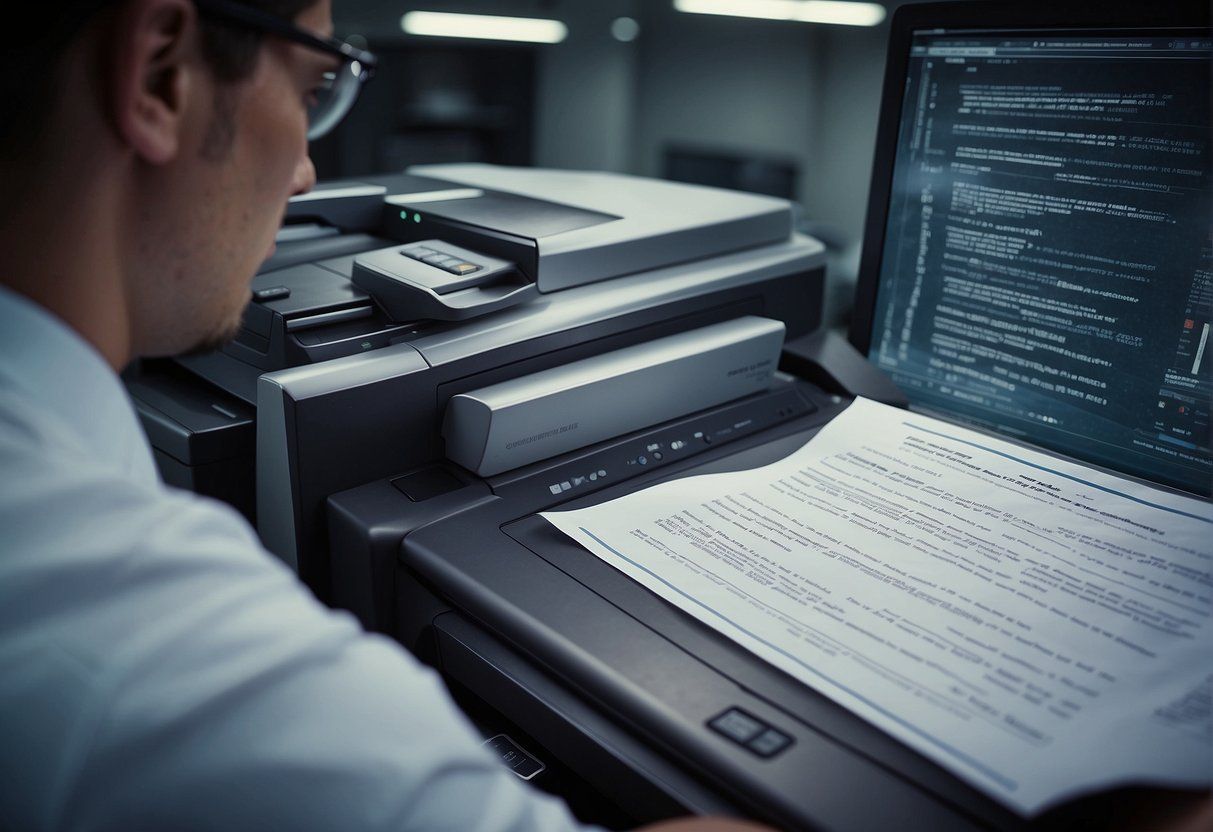What is OCR

Optical Character Recognition, commonly known as OCR, is a technology that enables the conversion of different types of documents, such as scanned paper documents, PDF files or images captured by a digital camera, into editable and searchable data. At its core, OCR is a process where the text within these images is identified and then transformed into a machine-readable format. This technology has revolutionized the way businesses and individuals interact with physical texts, allowing for quick digitization and processing of information without the need for manual data entry.
The OCR process utilizes advanced algorithms to detect and recognize text characters within images. These characters can originate from various sources such as typed documents, handwritten notes, or even text that appears within a landscape, like signs and billboards. Once the text is recognized, OCR software processes it into a standard encoding scheme, such as ASCII or Unicode, allowing the resulting text to be manipulated, edited, and searched using conventional text processing software. This process facilitates not only the preservation of documents in digital form but also enhances accessibility and searchability across numerous applications.
Advancements in machine learning and computer vision have greatly improved OCR's accuracy and speed, making it an essential tool in diverse fields, from banking and law to education and historic preservation. OCR's ability to efficiently digitize textual information has paved the way for automation and streamlined workflows, reducing manual efforts and enhancing productivity. As OCR technology continues to evolve, it fosters the development of more intelligent systems that can understand and process textual content in a manner closely resembling human perception.
Understanding OCR Technology
Optical Character Recognition, commonly known as OCR, is a cornerstone technology in digitizing written or typed text. It transforms images of text into machine-readable formats, making it indispensable for efficient data entry and document management.
Fundamentals of OCR
OCR technology employs algorithms that detect and extract characters from images and convert them into a format that computers can manipulate, such as plain text or editable documents. It recognizes patterns in the pixels of scanned documents or images that contain text and translates them into characters. Accuracy in OCR is paramount, and it can vary based on factors like the quality of the original document and the technology used.
OCR Software and Tools
OCR software ranges from simple desktop applications to OCR engines incorporated into larger systems, some examples being Adobe Acrobat, Microsoft Word, and Google Docs. These tools often include APIs allowing for integration into custom workflows. Online OCR solutions provide convenient access without the need for local software installation. Users can expect varying levels of capabilities, from extracting text from simple images to handling complex, multi-page documents.
Applications and Use Cases
OCR has a wide array of uses. It enables automatic data entry from invoices, mail, and business documents, streamlining banking and financial services. Additional applications include digitizing legal documents, reading license plates in traffic management systems, and even more niche uses like Optical Mark Recognition in answer sheet evaluations.
Advancements in OCR
Modern OCR has greatly benefited from advances in Artificial Intelligence (AI) and Machine Learning (ML), especially with the development of Neural Networks. Today's OCR systems employ Intelligent Character Recognition (ICR) and Intelligent Word Recognition (IWR) to achieve better accuracy, even with challenging inputs like handwritten notes or low-quality scanned documents. These advancements continually push the limits of OCR's effectiveness and its potential applications.
Challenges and Considerations
While optical character recognition (OCR) has revolutionized document management and data extraction, it encounters specific challenges that impact its efficiency and cost-effectiveness. These issues must be meticulously addressed to ensure accessibility and reliable machine-readable text output.

Accuracy and Errors
OCR technology's accuracy is paramount for reliable data extraction, yet it is often compromised by errors. Characters can be misinterpreted, omitted, or incorrectly substituted, leading to inaccuracies. Pattern matching and feature extraction are essential for minimizing such errors, but they cannot eliminate inaccuracies entirely. Handwritten documents or poorly scanned images pose significant challenges for OCR accuracy. Effective image pre-processingcan mitigate some of these concerns, but it is not a failsafe solution.
Common OCR Errors:
- Misinterpretations
- Omissions
- Substitutions
Processing Multilingual Text
The ability to process various languages such as Latin, Chinese, Japanese, Arabic, Hebrew, Bengali, and Tamil adds complexity to OCR. Character recognition for languages with complex scripts or those that do not use the Latin alphabet requires specialized algorithms. Processing multilingual text also involves recognizing and interpreting different layouts and fonts, which can significantly affect the result's accuracy.
Challenges with Non-Latin Scripts:
- Complexity of scripts
- Diversity in typography
Improving OCR Output
Improving OCR output necessitates a combination of pre-processing and data processing measures. Pre-processing involves cleaning up images to reduce noise and enhance text clarity. Data processing utilizes advanced algorithms for better pattern recognition and contextual understanding. Businesses can improve efficiency and reduce costs by focusing on these areas while enhancing the OCR's accessibility and utility in diverse document management applications.
Key Steps for Better OCR Output:
- Image pre-processing
- Advanced data processing techniques

